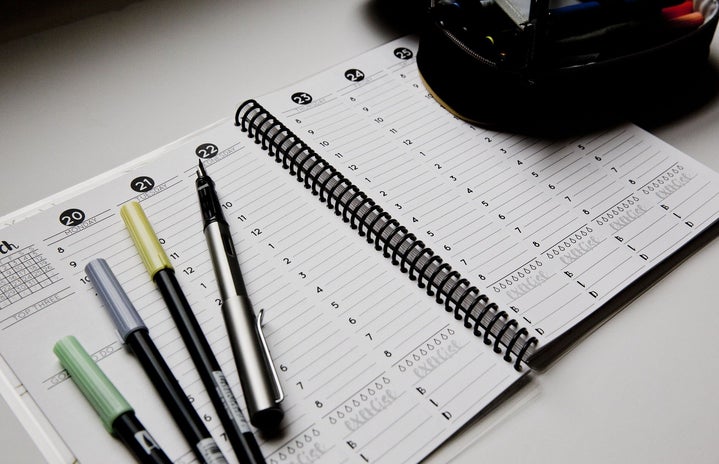I’ve failed at keeping New Year’s Resolutions every time I’ve ever tried. Last year, I didn’t even make any resolutions. I figured it was a waste of time anyway.
As the team started talking about New Year’s Resolutions during our November meeting, and how difficult it is to keep them, I started wondering, “Why is it so hard?”
I came across the blog of British psychologist Richard Wiseman. In 2007, he tracked the success of 3000 people’s New Year’s Resolutions, and found that only about 12% of them actually achieved their resolutions. (At least I’m not alone.) In any case, Wiseman eventually devised a list of things-to-do-differently in order to keep New Year’s Resolutions. I decided to follow these steps and see what would happen.
Onwards, for science!
Step 1
Wiseman’s first tip is to only make one resolution. When you try and keep a resolution like “get fit” or “stop smoking” or “get better grades”, you’re trying to change long-since ingrained behaviour. It takes a lot of energy, and a lot of time. Researchers have found that it can take from 28 to 254 days to change a habit. This is also why those 30 day challenges are so great. It’s easier to keep a resolution if it’s split up into small changes than it is to change a big part of yourself immediately. “Do five pushups today and seven tomorrow” sounds a lot more manageable than “get a great body.”
Step 2
So if you’re only allowed to make one resolution, what should it be? In my case, I was being overwhelmed with work one day and then having nothing to do the next. So my New Year’s Resolution is on a micro scale: plan every day, and on a macro scale: improve my time management skills. The key is to take some time to sit down and think about what you really, really, really want to achieve this year. Wiseman stresses this. Do what you want and be who you want to be!Step 3
Avoid previous resolutions, because that’s just not good. Summary: never ever ever get back together with an old resolution, because it just sets you up for disappointment. Step 4
Keep concrete records of plans and progress. I did this by starting a “studyblr” on Tumblr and joining a private bullet journaling subreddit on Reddit. I log pictures of my planner everyday, and then how much I accomplished of what I set out to do. This also helps me with step 5.
Step 5
Keep yourself accountable by telling friends and family. My friends and family are all terrible enablers, but the online community keeps me on track to do what I set out to do everyday. Finding those communities of people with similar goals is so important. It gives you support and motivation when you succeed and when you fail. For example, if you’re interested in getting fit, apps like Runkeeper or Fitocracy with dynamic communities would probably interest you.
Step 6
Give yourself small rewards when you achieve a micro goal. I haven’t really figured this step out, because I just passed my first sub-goal. But for now, tomorrow, Sephora, here I come!
I’ve always avoided micromanaging and planning my time in general. It always seemed boring and I was never good at following plans anyways. With this New Year’s Resolution and these steps I’ve been following, I’ve found that not only am I getting better at managing my time, I’m actually starting to like it! Weirdly enough. If you’re part of the 50% who hasn’t made a New Year’s Resolution, don’t be scared to sit down and make one now. If you’re part of the 50% who has New Year’s Resolutions, keep on keeping on, and I hope this has been a helpful read!
Sources
Richard Wiseman, Davidson
Picture Credits
Cover Picture, 1, 2, 3, 4

